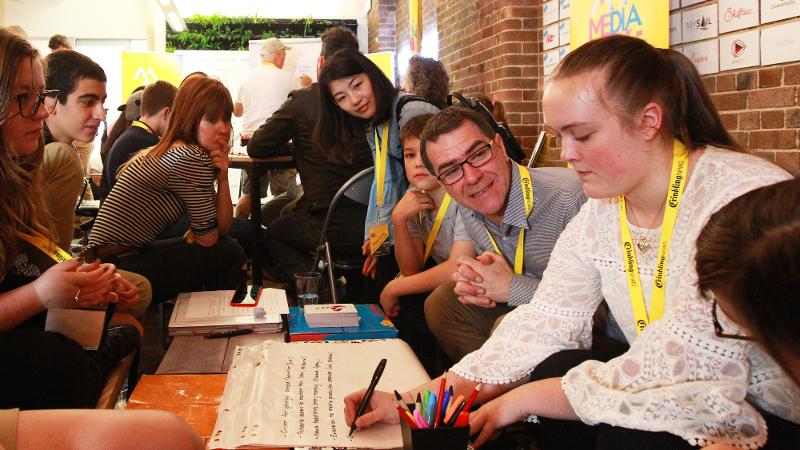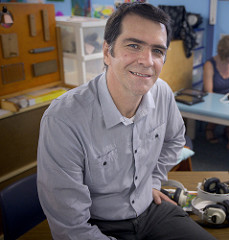
A new report, co-written by QUT, shows more than half of Australian school children consuming news on the internet hardly ever or never check if it’s fake.
One of the lead authors, Associate Professor Michael Dezuanni, from QUT’s Digital Media Research Centre, said the report detailed how 8-16 year olds in Australia consumed news.
Key findings of the survey of 1,000 children aged between 8 and 16 included:-
- 54% of young people don’t check whether news stories are true
- 69% say news makes them feel smart or knowledgeable
- 71% say news is distressing and often or sometimes makes them feel upset or sad
- 63% say news organisations have no idea what their lives are like
- One in five had lessons in school in the past year to help them work out if news stories could be trusted
The report was released this morning in Sydney, the first national news and media literacy conference for kids and teens, hosted by Crinkling News.
Watch video below of children who contributed to the conference:-
The outcome of the conference was to come up with recommendations as to how to develop a national media literacy action plan so young people develop media skills.
“It is really important that young people engage thoughtfully with news stories,” A/Prof Dezuanni said.
“The majority of young people value the role of news but also believe that the media does not understand them or accurately represent them.
“News made specifically for young people can address this problem by including young people in discussions about important issues and concerns.”
A/Prof Dezuanni said the survey showed young people were unsure about how to check the accuracy of news stories.
“Only a small number of young people regularly check to see who produced news stories they see on social media,” he said.
His advice to check the believability of news included:-

- Identify the source of a news story – if it’s not produced or distributed by a recognised news organisation, it’s right to question its truthfulness
- Find references to a story in mainstream media, particularly through a reputable source like the Australian Broadcasting Corporation (ABC)
- Try to see if the story has been reported by several news agencies – if it has not, it is less likely to be true.
The report also found when it came to using social media to get news, the difference between younger children and teens was stark.
For teens, Facebook was by far the most popular social media site for getting news, with over 51 per cent using it for this purpose, which was followed by YouTube on 30 percent and Instagram on 22 per cent and Snapchat on 21 per cent.
The report also found that 81 per cent of young people felt they could talk to their parents about news stories that upset or distressed them.
Media contacts:
Debra Nowland, QUT Media, +61 7 3138 1150 (Mon/Wed/Thurs) or media@qut.edu.au
After hours: Rose Trapnell, 0407 585 901




